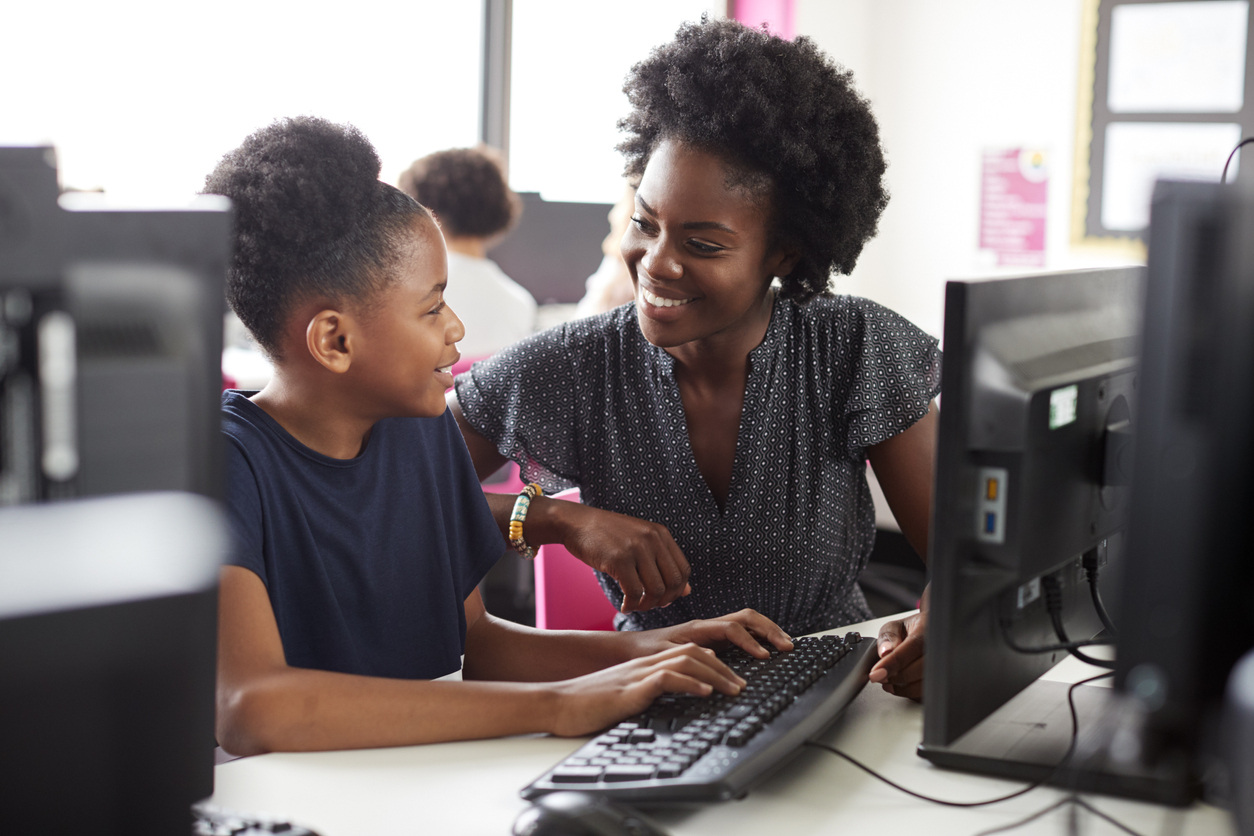Blog
2 Minutes Read
By :
searchinstitute
9 Tips for Helping Students Manage Hot and Cold Thinking
2 Minutes Read
When we help young people to think about their own thinking—the Cognition component of our REACH Framework—it strengthens their ability to manage learning and control impulses. Those skills, in turn, strengthen students’ abilities to complete tasks and achieve goals.
Students have “hot” and “cold” systems for thinking. Hot thinking can express enthusiasm and energy. Cold thinking helps them learn to analyze, reflect, and integrate complex ideas. Parents, teachers, and other adults play important roles in helping young people develop these two systems for thinking. Here are some ways you can help.
- Model self-control. Young people need to see adults use skills to manage those situations when their emotions and impulses urge them to do things they wouldn’t do if they took time to think about it.
- Examine your own assumptions. We shouldn’t ask young people to examine their own assumptions or biases that come from “hot” thinking if we’re not ready to examine our own. Show young people that taking in new information and thinking through issues can change how you view a situation.
- Reduce the stress. The more young people have on their mind, the harder it is to make good choices.
- Let them practice. The best way to develop self-control and other skills is to practice them. That means adults need to encourage young people to practice self-control skills, avoid situations where “hot” thinking might take over, and boost their abilities to deal more effectively with new situations.
- Allow natural consequences to happen. Behaviors have consequences, both positive and negative. Only when young people see the relationship between what they do and what happens to them will they be motivated to develop the sense that they can control their own behaviors.
- Encourage youth to slow down, breathe, or try a different angle. It’s hard to make decisions or be clearheaded in the middle of intense situations or while doing complex thinking. Insist that youth take a break, slow down, and look at it in fresh ways. All of this gives space for their “cold” system to work.
- Allow youth to focus on one thing. Switching between tasks takes a lot of effort, particularly when there’s time pressure. Breaking down the task and helping them focus on one thing at a time can help students re-engage their “cold” thinking rather than being overwhelmed.
- Ask questions. Everyone approaches a situation with a particular point of view. Students can convince themselves that something is a great idea—and they get really confident about it. (That’s how “hot” or “fast” thinking works.) Sometimes they need someone to ask questions that press them to step back, do some more analysis, and determine if they are evaluating the situation realistically.
- Help them learn to trust their intuition. The best decisions are often those that combine head and heart, or both “hot” and “cold” thinking. That’s particularly important when there isn’t a clear-cut, right-or-wrong answer. Though it’s important to help young people think it through, they also need to build confidence in their own values and priorities. Sometimes they need to be reminded that their choice will be the right choice for them, even if it’s not the popular one or the one that someone else might make.

